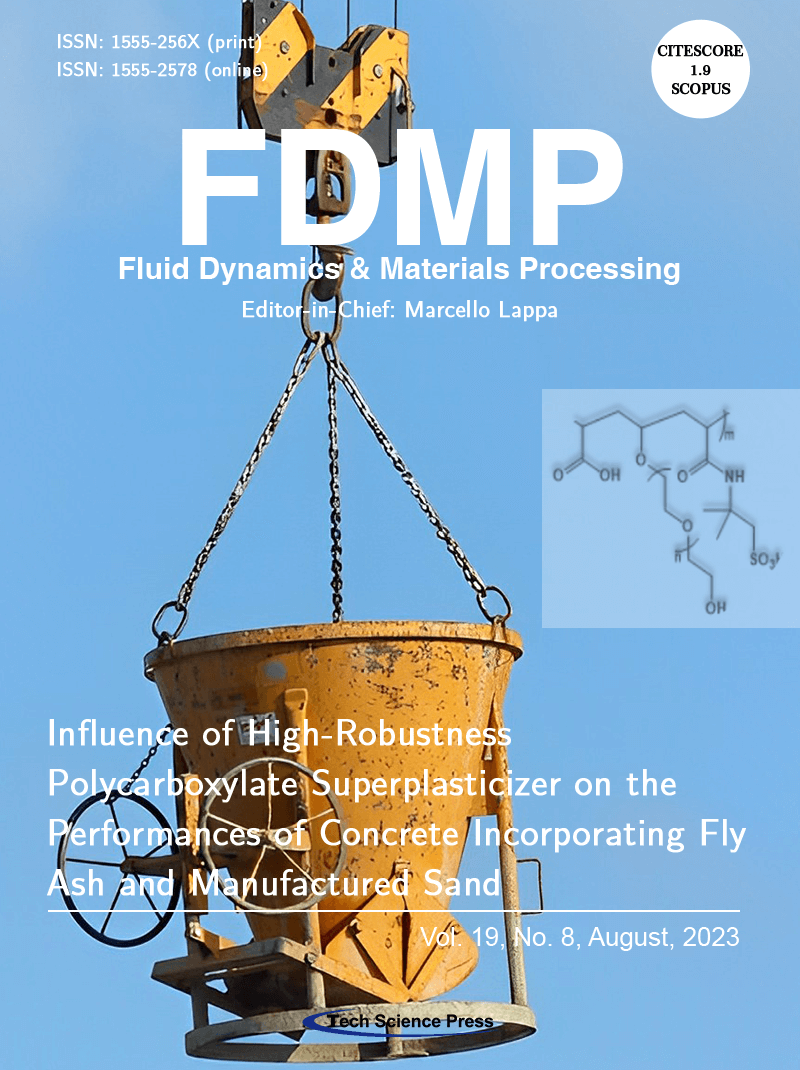
In the present paper, a high robustness polycarboxylate superplasticizer was prepared. It was shown that the bleeding rate of the C30 and C60 concrete prepared with the manufactured sand and fly ash decreased by 52 % and 46% respectively. The slump time was decreased by 1.1 and 3.2 seconds respectively. Therefore, the problems of bleeding, slurry running and segregation of concrete can be well solved, the risk of pump plugging is reduced, and the engineering quality is improved.
View this paper